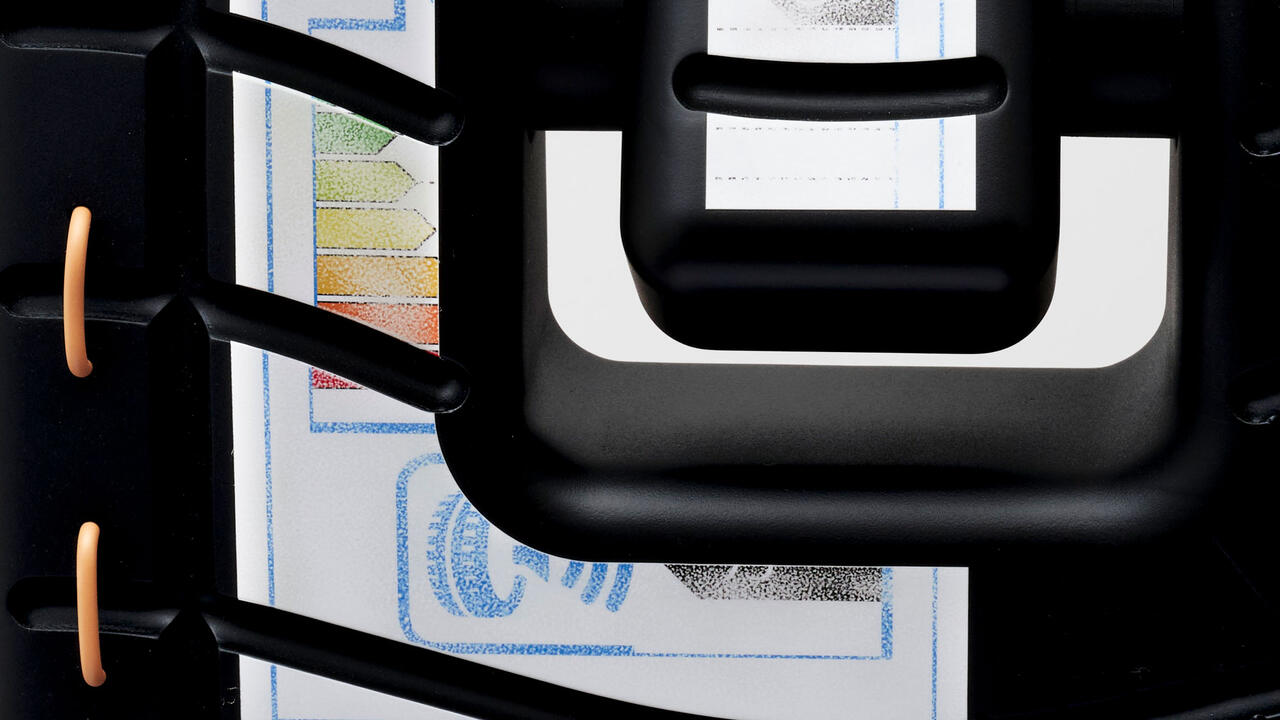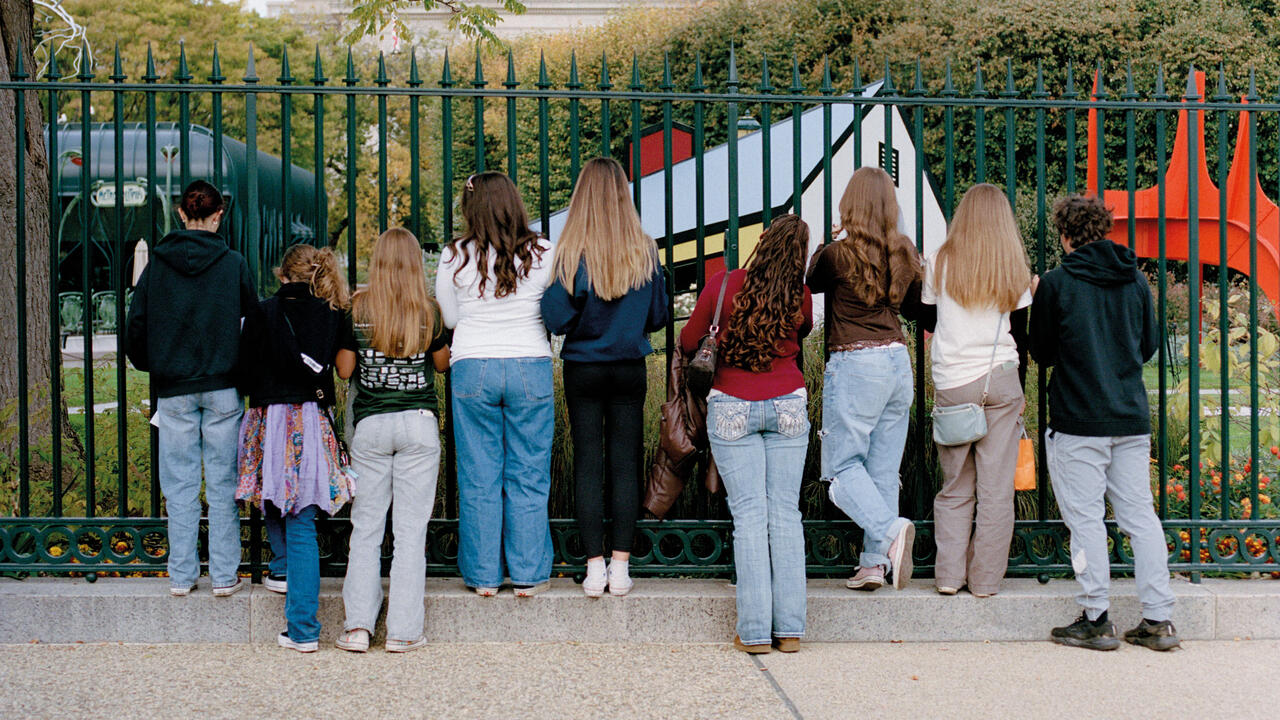How WeWork Built ‘The Sensation of a Workplace’
Co-working spaces provide corporate culture for people who don’t have a corporation
Co-working spaces provide corporate culture for people who don’t have a corporation

‘The office is the next frontier of Junkspace,’ the Dutch architect Rem Koolhaas wrote in his eponymous 2001 essay, a jeremiad against the engulfing, boundless commercial environments of the 21st century. ‘Since you can work at home, the office aspires to the domestic; because you still need a life, it simulates the city.’
Work and leisure have merged, Koolhaas continued, aided by the ‘fuzzy empire of blur’ that is the junkspace interior. The office, he predicted, would become ‘the urban home, a meeting-boudoir’ and, as a result, we would work harder than ever, ‘marooned in a never-ending casual Friday’, our compliance purchased with perks. One irony of this insight – or, perhaps, a coda – is that OMA, Koolhaas’s world-conquering architecture firm, has something of a reputation for long hours and a punishing internal culture. However, I have visited its Rotterdam headquarters, and it does also have an extremely attractive salad bar.
Koolhaas called the enticing, inescapable junkspace workplace ‘space as a vacation’. Now WeWork gives us ‘space as a service’. Founded in 2010, WeWork has been at the forefront of the burgeoning market in co-working spaces: shared, flexible short lets for individuals and small companies that inhabit the market gap between traditional serviced offices and the messier world of artists’ studios and warehouse start-up hives. This is no small niche. In nine years, WeWork has opened 852 spaces worldwide, including 52 in London.
That explosive growth has been followed by near-implosion. A bungled IPO launch last autumn led to a near-fatal crisis. More than 80 percent has been wiped off the company’s value and the IPO has been withdrawn. Adam Neumann, WeWork’s flamboyant founder – who, not so long ago, had boasted about still having his descendants in charge of the company 300 years from now – was forced to step down, a humiliation sweetened by a US$1.7-billion payout. Since then, the US press has been merrily savaging Neumann’s follies and the eccentricities of the company he built.

But what of the environments WeWork has created? The company once promised it would reshape whole cities – so these are environments with purpose, even if that purpose is presently haemorrhaging cash and staff. While you can rent regular office space – from acoustic pods for two people to larger serviced offices for 40 – the emblematic WeWork tenant is the hotdesker: the MacBook-toting individual who haunts the large, comfortable open-plan areas at the front of house. ‘Create your life’s work’ is the motto that signs off WeWork’s emails: the buccaneering sole trader is plainly the company’s spirit animal, even if they don’t account for the bulk of its turnover.
I visited several WeWork spaces in preparation for this piece and, though each claims to have a distinctive atmosphere and culture, essentially they are all cut from the same cloth. Even in the most modern office blocks – the company’s preferred venues, for all its warehousey image – stripped or painted timber is a dominant note, with wooden floorboards and sometimes even wooden panelling on the walls. At Aldgate Tower, for instance, the lift lobby floors are lined with wooden boards, giving what might easily have been a high-gloss corporate threshold an air of packing-crate ruggedness. In every location, suspended ceilings are removed, making a feature of the ducts and services. Start-uppy edge-roughness is thoroughly softened and smoothed with potted greenery and new but mismatched furniture. There’s a coffee bar; there’s always a coffee bar.
The coffee is important. WeWork isn’t cheap. A hotdesking tenancy – excuse me, membership – begins at about GB£350 per month plus VAT, and if you want a dedicated desk you will have to pay more. This isn’t far from the rent hike needed for a spare bedroom at home. What sells these memberships, besides the office facilities, are the perks – leading with free coffee throughout the day, and free beer in the evenings. The coffee, so to speak, runs deep: the company seeks to replace not merely the home and rented office, but also the coffee shop that is often the freelancer’s office-away-from-home. WeWork’s hotdesk atmosphere owes much to the so-called third places that are neither home nor work – not just coffee shops but bars, hotel lobbies, cultural buildings, libraries and so on. It’s trying to feel like the place you go to get away from work.

In this, WeWork is drawing on one of the most influential design codes of the 21st century: post-2009 Starbucks. In 2009 – a year in which capitalism had a fairly bad rep – Starbucks felt that its consistent global style had become as overused as the chessboards optimistically printed on its tables were underused. Out went the 1990s corporate palette and in came three distinct but overlapping flavours for Starbucks cafes: Heritage, Artisan and Regional Modern. All were cribbed from the hip indies that were making old man Starbucks look bad, but systematized into a few simple tropes for worldwide rollout. They made liberal use of timber, industrial lighting, exposed beams and brick, with furniture that looked like it might have come from somewhere else. This aesthetic has triumphed far beyond the walls of Starbucks’ branches, even into the home. In his influential essay ‘Welcome to Airspace’ (2016), the writer Kyle Chayka (who has written in this issue about the environmental cost of the art world’s fantasy of placelessness) showed how apps like Airbnb and Foursquare were homogenizing the interiors of cafes and apartments. He described this as the effect of ‘sameness as a service’. Thanks to what Chayka called ‘Airspace’, your individual neoliberal lifestyle can be seamlessly practised anywhere in the world. Thanks to WeWork, it now has a place to work.
So, is WeWork trying to lure the freelancer out of the home office or to give the office worker some of the comforts of home? Both, of course, because – like Uber, like Amazon – it can’t see a social arrangement without wanting to disrupt it in the hope of profit. The ambiguity that Koolhaas identifies – aspiring to the domestic while simulating the city – is precisely where Neumann built his fuzzy empire. But the perks are more than coffee. Neumann liked to describe his company as a ‘physical social network’, which is the same as any office or organization, of course. But there are many workers out there, in ones and twos and threes, who don’t have that, and here WeWork has your back. It sells itself on its ‘community feel’, with noticeboards and book-swap racks. Every WeWork has a busy schedule of activities, such as yoga and inspirational seminars. There are motivational slogans on the walls, saying things like ‘get s*** done’ and ‘throw caution to the winds’.
This is a second-order simulacrum: a deliberate imitation of the artificial community that arises within any large organization. What WeWork provides is a corporate culture for people who don’t have a corporation. You get the sensation of a workplace – a funky, techy, young workplace, desirable by modern standards – except you’re doing your own thing, setting your own hours and, of course, paying quite a lot for the privilege. The atomized, freelance, 21st-century knowledge worker can feel as if they’re part of something more substantial, that their digitized output isn’t just trickling into the ether. Meanwhile, even if you aren’t a start-up, you can cosplay as one. For the PR firms and recruitment consultancies and estate agents and letting agents who are WeWork’s bread and butter (from what I could see in its London outlets, at least), the buzzy creatives are part of the window dressing, as inspirational as the slogans on the walls, like the fresh fruit and flowers at the front of a supermarket. The creatives and the uncreatives are locked together in an ouroboros of mutual reassurance. In his 1884 lecture ‘Useful Work vs. Useless Toil’, the British designer and social activist William Morris said that ‘labour, to be attractive, must be directed towards some obviously useful end’. Even if your labour isn’t, hanging out in a WeWork, amply caffeinated and surrounded by bright young go-getters, will give you the sensation that it is.
This article first appeared in frieze issue 208 with the headline ‘Startup Cosplay’.
Main image: WeWork, Hackney Road, London. Courtesy: WeWork






















